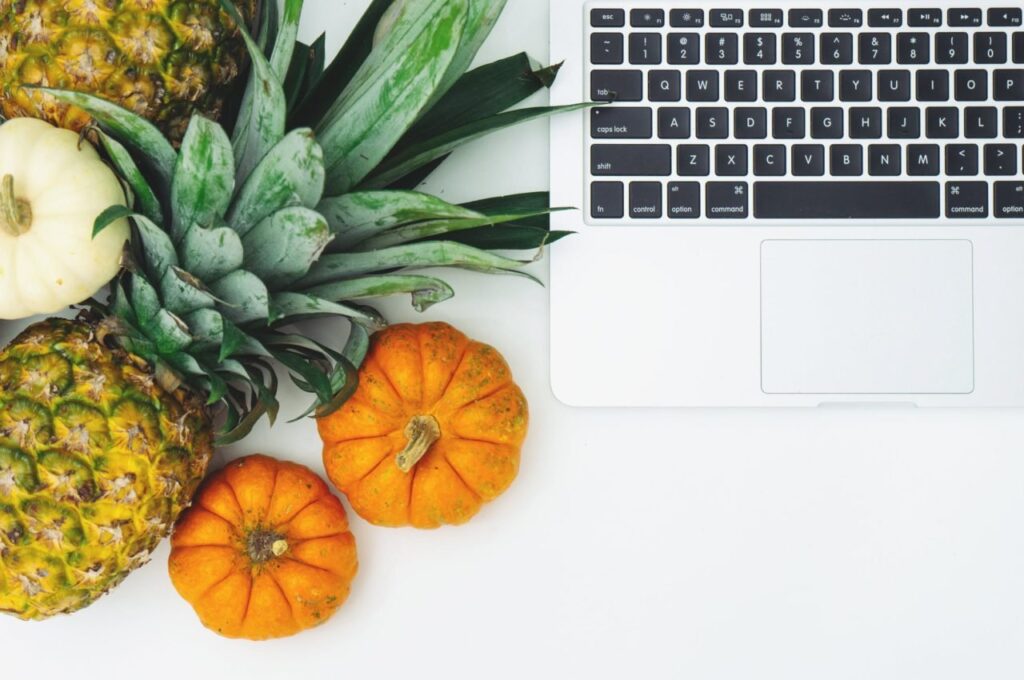How to Understand Python Data Types
Master strings, numbers, collections, and datetime for effective programming
In Python, almost everything is an object. This includes variables like strings and integers and containers like lists and dictionaries. Data types are simply how you classify your objects—each type comes with specific properties and functions that define how you can work with that data.
Strings and Characters
Strings and characters are fundamental data types in Python. A character is essentially a string with a single number, letter, or special character such as ‘!’ or ‘@’. A string is a collection of characters that may or may not form readable words and sentences.
name = "Python Programming"
character = "P"
print(name) # Output: Python Programming
print(character) # Output: PNumbers
Python supports four main types of numbers:
- Integer: Whole numbers without decimal points (e.g., 5, -3, 100)
- Long Integer: Very large whole numbers
- Float: Numbers with decimal points (e.g., 3.14, -2.5)
- Complex: Numbers with real and imaginary parts
integer_num = 42
float_num = 3.14
complex_num = 2 + 3j
print(type(integer_num)) # <class 'int'>
print(type(float_num)) # <class 'float'>
print(type(complex_num)) # <class 'complex'>Collections
Collections are data types used when you want to store multiple items. Python offers four main collection types:
- List: Ordered, changeable, allows duplicates
- Dictionary: Ordered, changeable, key-value pairs
- Tuple: Ordered, unchangeable, allows duplicates
- Set: Unordered, changeable, no duplicates
# List example
fruits = ["apple", "banana", "cherry"]
# Dictionary example
person = {"name": "John", "age": 30, "city": "New York"}
# Tuple example
coordinates = (10, 20)
# Set example
unique_numbers = {1, 2, 3, 4, 5}Date and Time
Date time data types are used for dates and times. While you can store dates as strings, using proper datetime objects provides built-in functionality for formatting, arithmetic, and manipulation.
from datetime import datetime, timedelta
# Current date and time
now = datetime.now()
print(now)
# Add one day
tomorrow = now + timedelta(days=1)
print(tomorrow)
# Format date
formatted_date = now.strftime("%Y-%m-%d %H:%M:%S")
print(formatted_date)Advantage: Using datetime objects instead of strings gives you automatic date arithmetic, formatting options, and timezone handling.
Elevate Your IT Efficiency with Expert Solutions
Transform Your Technology, Propel Your Business
Unlock advanced technology solutions tailored to your business needs. At InventiveHQ, we combine industry expertise with innovative practices to enhance your cybersecurity, streamline your IT operations, and leverage cloud technologies for optimal efficiency and growth.

